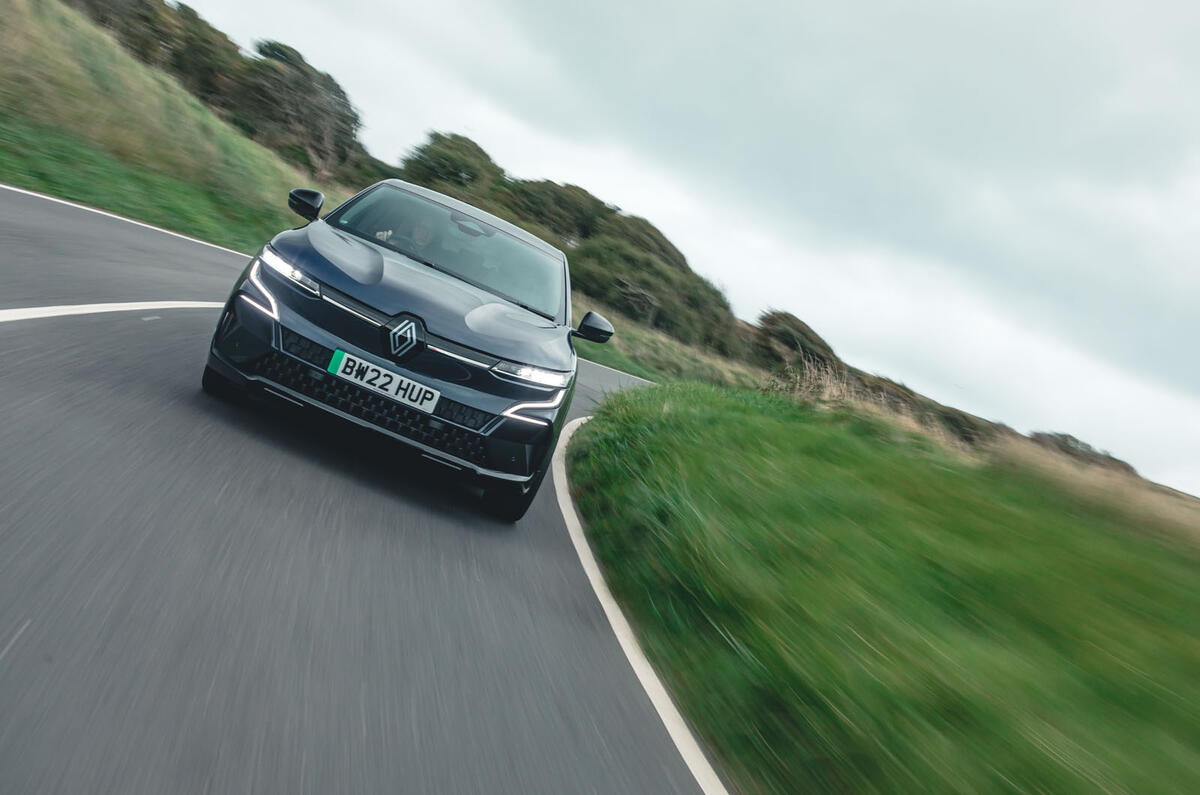The Renault-Nissan Alliance reboot announced in London on Monday was notable for the obvious rapport between the main architects of the deal: the respective CEOs of the two companies, Luca de Meo at Renault and Makoto Uchida at Nissan.
They laughed and joked about the difficulties and sheer amount of time the two have spent in recent months to stabilise a relationship that nearly capsized under the weight of acrimony following former CEO Carlos Ghosn’s attempt to join the two companies and his subsequent arrest in Japan on misconduct charges. "I probably talked to Luca more than my family," Uchida said.
The two came across as competitive pragmatists, ready to do what’s best for their respective companies and hang thoughts about national pride or any other emotion that didn’t have profitability and good corporate governance at their heart. They discussed recent agreements, such as that for Renault to develop and build an electric Nissan Micra replacement at Renault’s ElectriCity plant complex in France alongside the Renault 5 on which it's based.
The idea under the newly revamped Alliance relationship is that the two play to their differing strengths in markets, technologies and segments and let the other take the lead in areas of accepted weakness. “We have opportunity on projects to actually give responsibility to the other to execute,” de Meo told the crowd of analysts and journalists attending. “We have to design a project-driven organisation rather than mixing it up like a pizza stagioni.”
That’s great for a project like the Micra small car, which isn’t an important sector for Nissan outside Europe. Nissan acknowledged it was ready to dump small cars altogether after production of the current Nissan Micra stopped last year, but was won over by Renault’s pitch. “This proposal came in and we were able to convince our designers and teams it could be an iconic model for Nissan in Europe,” Ashwani Gupta, Nissan chief operating officer, said at the same event.
But the difficulty comes with the compact segment. Nissan is exceptionally strong here with models like the Sunderland-built Nissan Qashqai, the UK’s best-selling car last year. On the other hand, Renault’s Renaulution plan will shift its centre of gravity away from small cars to this bigger segment, where profits are stronger.
Right now, the two companies build C-segment cars on the shared Alliance CMF-C platform for combustion-engined cars – for example, the Qashqai – and the related CMF-EV for electric cars, including the Renault Mégane E-Tech and Nissan Ariya.








Add your comment